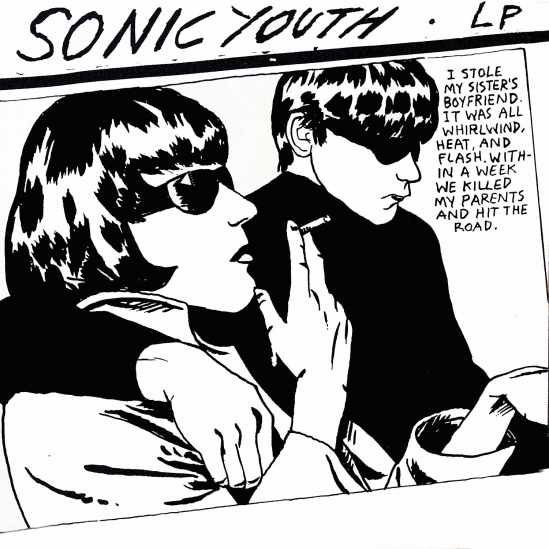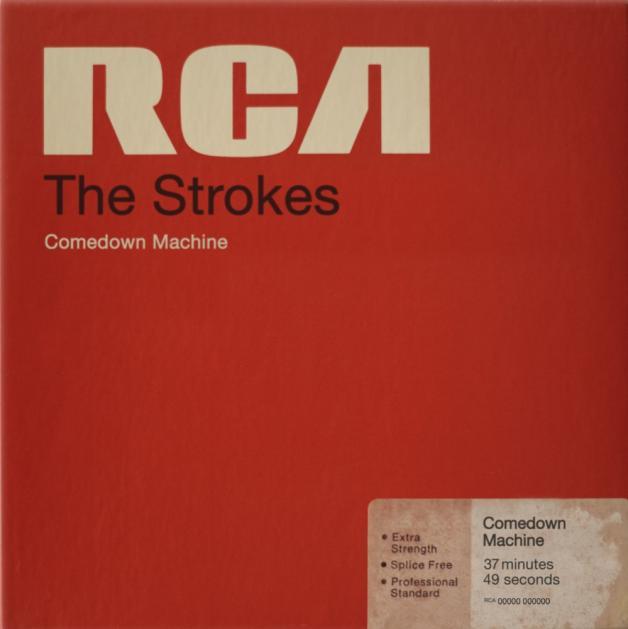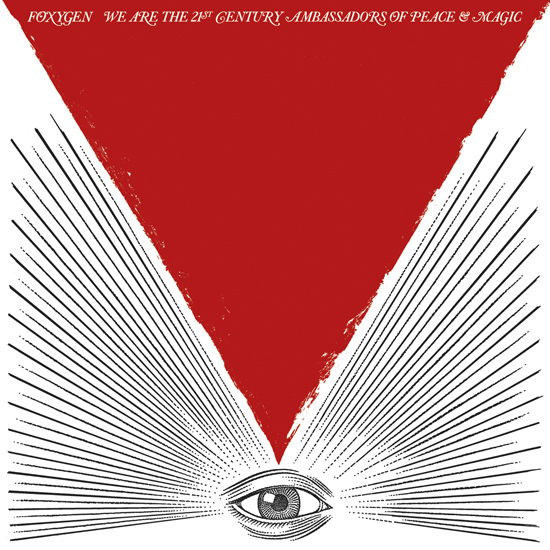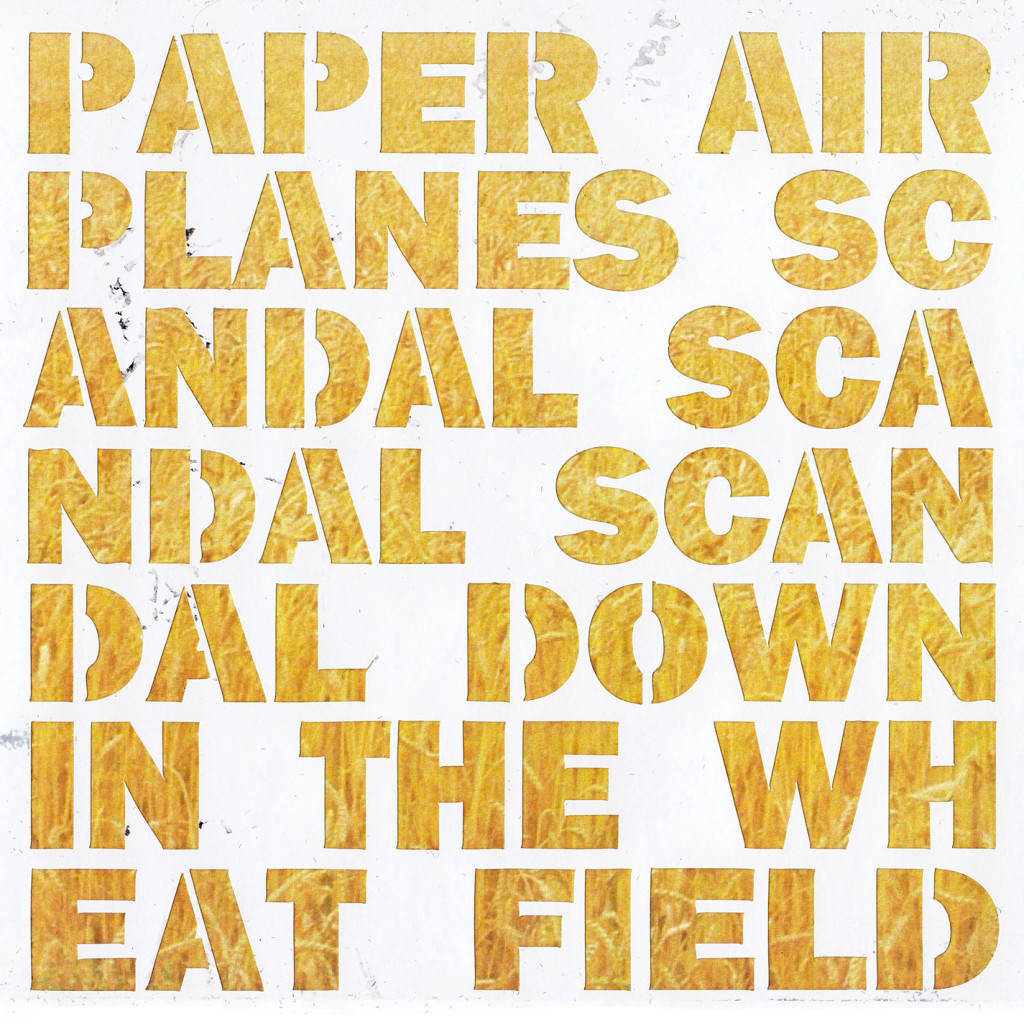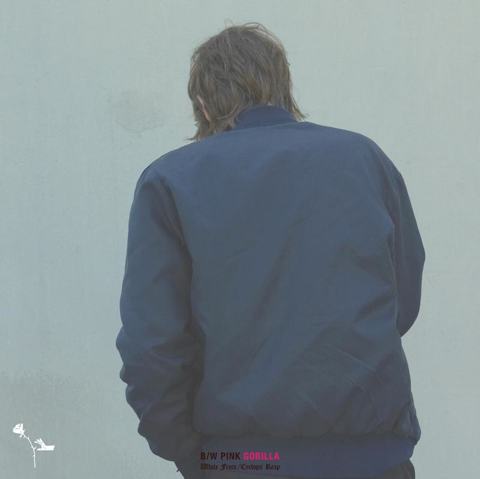
On some levels it might seem like the easy way out, to record an album fully of acoustic guitar-based songs. It’s simpler, faster, maybe cheaper, at least that is what I think most people think. But, in actuality, it’s exactly the opposite. Recording such an album is pretty much the ballsiest thing that you can do. There is nothing to hide behind. Any mistakes made are going to shine through and be there forever. The stripped-down-ness of the entire affair, in actuality, complicates everything. Every aspect of a song needs to be given the same amount of thoughtful attention, because if anything is let to slip not only is that going to be noticeable but it’s going to drag down everything else in the mix.
By this point you can probably see what I’m getting at, and that thing is that Dim Peaks’ “Time of Joy” is, yes, a stripped down acoustic centric album that places all that it has to offer into a bright light, center stage. Before we even get to the lyrics we should talk in detail about just the sound of the album. The lone acoustic guitar is pushed way up front in the mix. No reverb, and no punching in (from what I can tell). The way that it’s recorded it’s possible to hear fingers against strings, strings against fretboard, sometimes a faint snapping of the lower strings as the thumb plucks out a bassline. And in the opening track “Rest Well” a piano adds a little lightness against the plucked strings and vocals.
“Rest Well” works perfectly as an album opener with its short and simple structure, terse lyric and gradual building up of the texture. Leading into “Control” and “Let the Bidding War Begin” introduces a few more instruments that periodically lay down some atmosphere to the background, again, shading the overall mood every so subtly.
Listening to the album I can’t help but be reminded of a few albums that I’ve spent some time with. The intimacy of the songs and the style of the guitar playing makes me think of Luke Roberts’ “The Iron Gates at Throop and Newport,” while sometimes the somber mood (for example on “Control” or “Slumberland”) reminds me of The Burning Hell’s “Happy Birthday” album. The occasional use of slide guitar, always a great addition when used properly, makes me think of Joel Plaskett’s solo debut “In Need of Medical Attention.” And I’m not saying that this album is derivative of those, not at all. What I am saying is that this album makes a great addition to those and I will forever link all of these releases in my mind.
The immediacy of recording an album that focuses primarily on intimate sounds is, I think, a huge advantage that this music has over so many others. What could get closer to harnessing the full affective powers of music? That is what all music is trying to accomplish after all. The rawness and realness of “Time of Joy” rings through in the title track. While the opening guitar line repeatedly traverses its infinitely descending melodic line one can hear guitarist/vocalist Niilo Smeds altering the dynamic of the lowest voice, with the tempo ever so slightly wavering before the entire band enters. It’s these tiny elements that make the songs sound so much more human, and again so much more affecting.
Each song is treated to its own individual arrangement. Instruments come in for one song never to be heard from again, which I think adds a personal touch to each track. Dim Peaks’ masterful uses of a fully fleshed out band in the title track contrasts with the equally thoughtful and efficient use of smaller forces in “Yellow Mountain.” This is not to mention the genre straddling that is going on throughout “Time of Joy.” Some songs lean a little bit heavier onto the folk elements, while others, like “New Orleans,” hint at a blues/country tradition, though they never stoop to using stock melodies and tricks. “New Orleans,” adding to the element of immediacy, sounds as though it’s being sung amongst a circle of friends and at any minute the entire crowd will bust out singing the chorus “I wish I was in New Orleans…” Meanwhile Niilo’s vocals are laid just as bare as the guitar across the album, and doesn’t falter one bit.
Take a listen to the songs that are up on soundcloud and bandcamp, as they are all very much worth it. “Time of Joy” was released earlier this year, in September through Gold Robot Records. Follow the links below for all the good stuff. The vinyl, by the way, is limited to only 500 copies, though the album is also available digitally.
Vinyl//Bandcamp//Gold Robot Soundcloud//Web//


